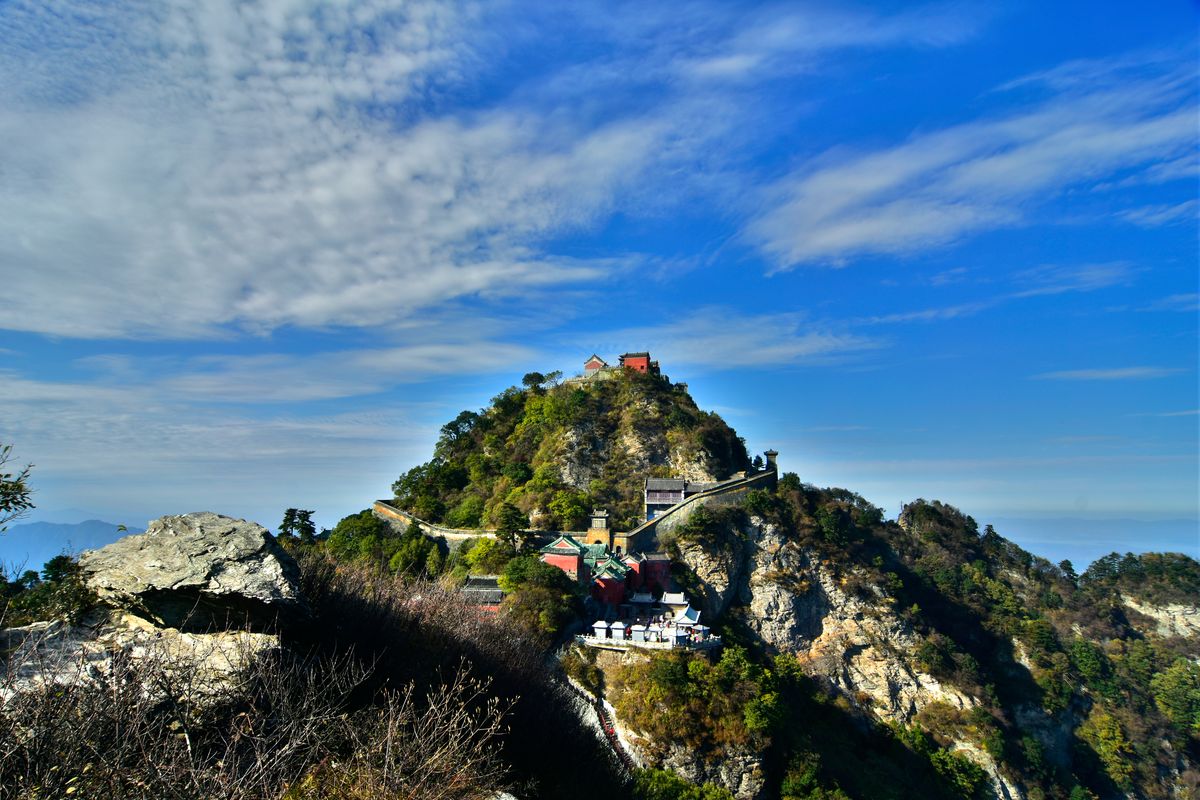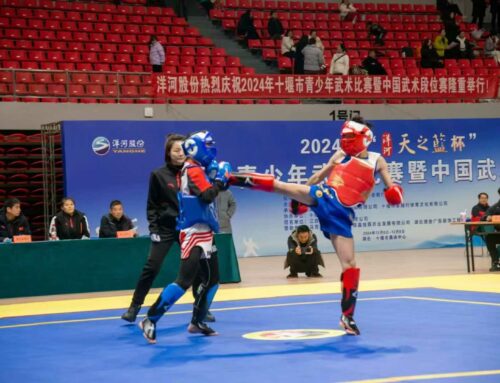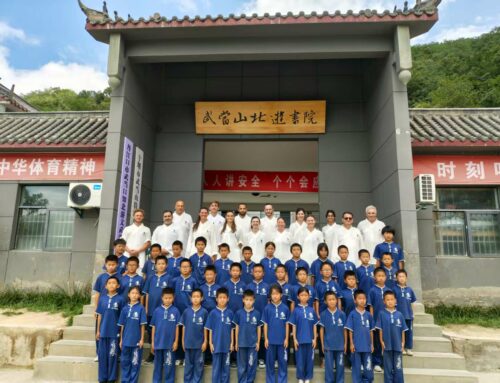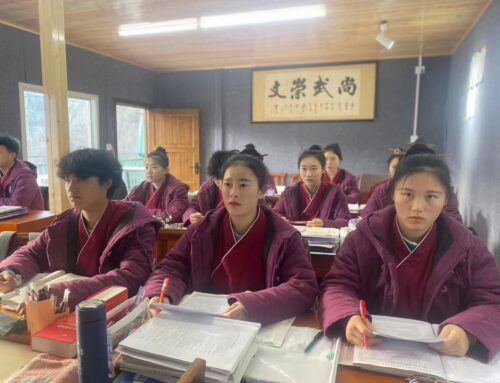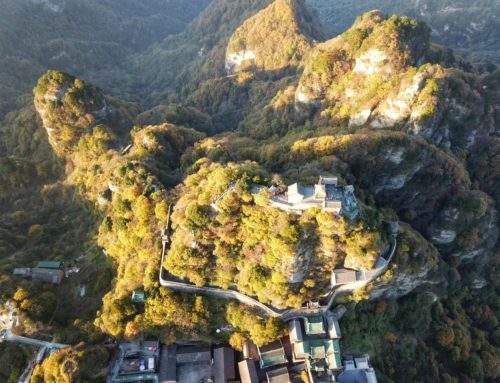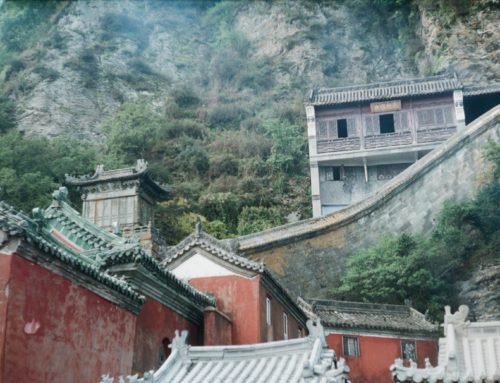A Legendary Mountain
The Wudang Mountains (武当山), located in Hubei province, are one of the four sacred Daoist mountains in China. For centuries, they have been a center of Daoist cultivation (道教修炼), meditation, and internal martial arts, where the body, mind, and energy (qi / 气) are harmonized.
History and Legends
The name Wudang Shan (武当山) was given by Emperor Gaozu (高祖) of the Han dynasty to designate the region around the city of Danjiangkou. The mountain became famous during the Tang dynasty when offerings and prayers to Daoist immortals were said to bring rain during a severe drought, leading to the construction of the Five Dragon Sanctuary (五龙宫, Wulong Gong), the oldest temple on Wudang.

Zhang Sanfeng (张三丰): Legend and Influence
Zhang Sanfeng, a semi-legendary figure of Wudang, is often credited with creating Tai Ji Quan (太极拳) and other internal martial arts. According to tradition:
- He observed a fight between a crane and a snake, inspiring the fluidity and flexibility of movements.
- Some accounts suggest he was a Shaolin monk before retiring to Wudang in search of immortality.
- His longevity and exploits are legendary, spanning the Song and Ming dynasties.
Historical texts are rare, and many stories stem from oral tradition and mythology. Nevertheless, his influence on Wudang’s internal martial arts remains indisputable.
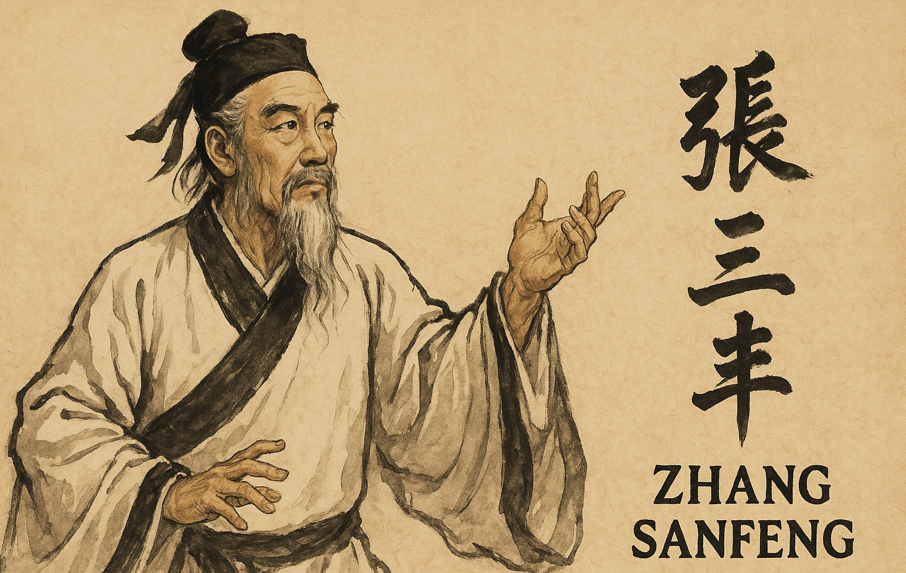
Internal Martial Arts of Wudang
The martial arts of Wudang (武当拳, Wudangquan) are internal styles (neijia / 内家拳) focusing on:
- Qi (气) control and fluidity: circular, soft movements that develop internal strength.
- Energy cultivation: integration of Qi Gong (气功) and Daoyin (导引) to harmonize energy, health, and mind.
- Mastery of the sword (Jian / 剑): the signature weapon of Wudang, requiring precision and coordination. Other weapons include the staff (Gun / 棍) and spear (Qiang / 枪).
- Spiritual integration: meditation and breathwork inseparable from martial practice, fostering body-mind-energy unity.
Unlike external styles (like Shaolin), Wudang arts emphasize coordination, body awareness, and energy control.


Heritage and Prosperity
According to legend, Zhang Sanfeng predicted the prosperity of Wudang. Under the Ming dynasty, Emperor Yongle (永乐帝) renovated the temples with the help of thousands of soldiers and architects, creating a network of nine palaces, nine monasteries, 36 convents, and 72 temples.
Wudang is today famous for its internal martial arts, featured in films such as Crouching Tiger, Hidden Dragon. These practices continue to train generations of practitioners, combining combat, health, and spirituality.


